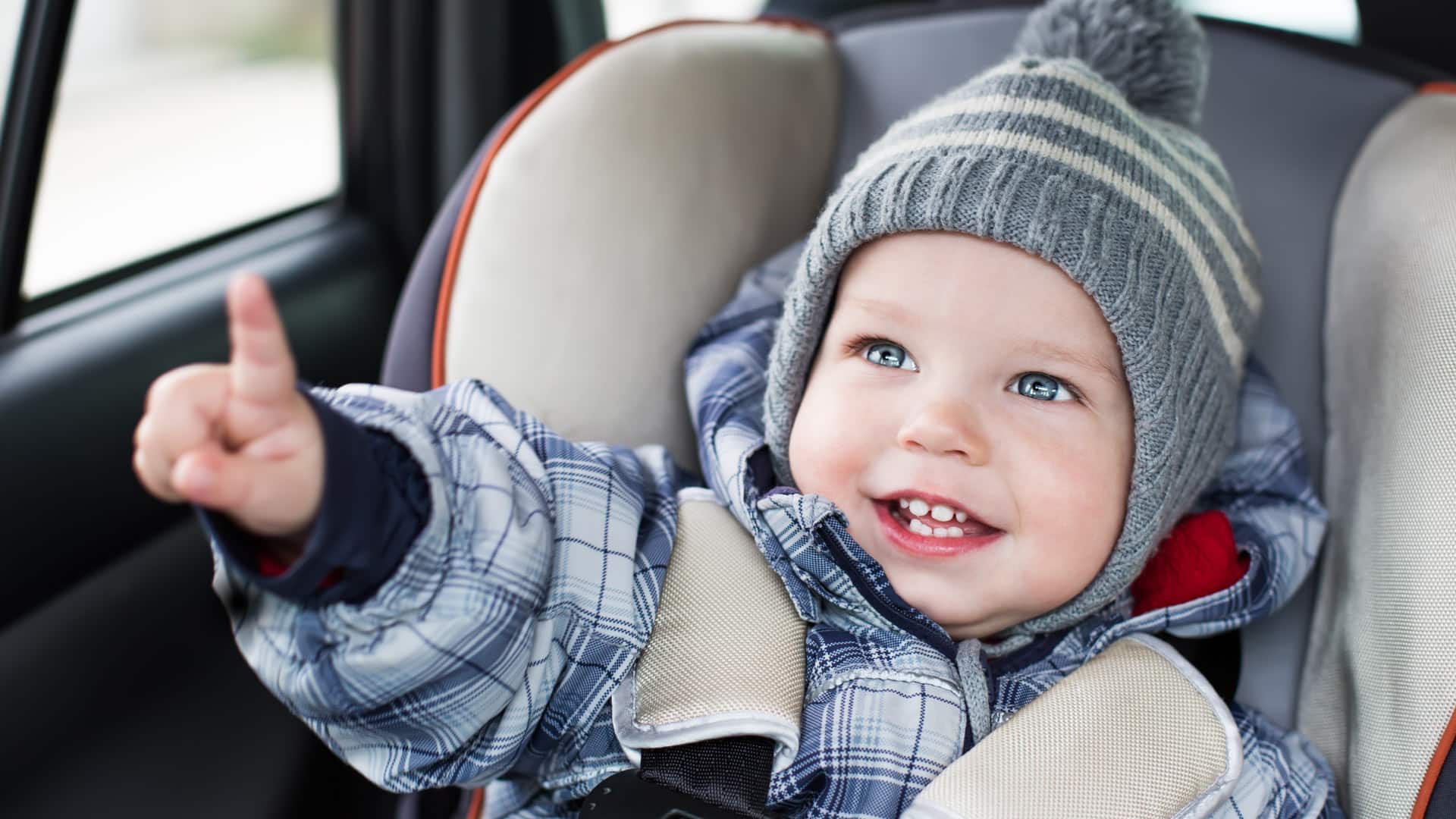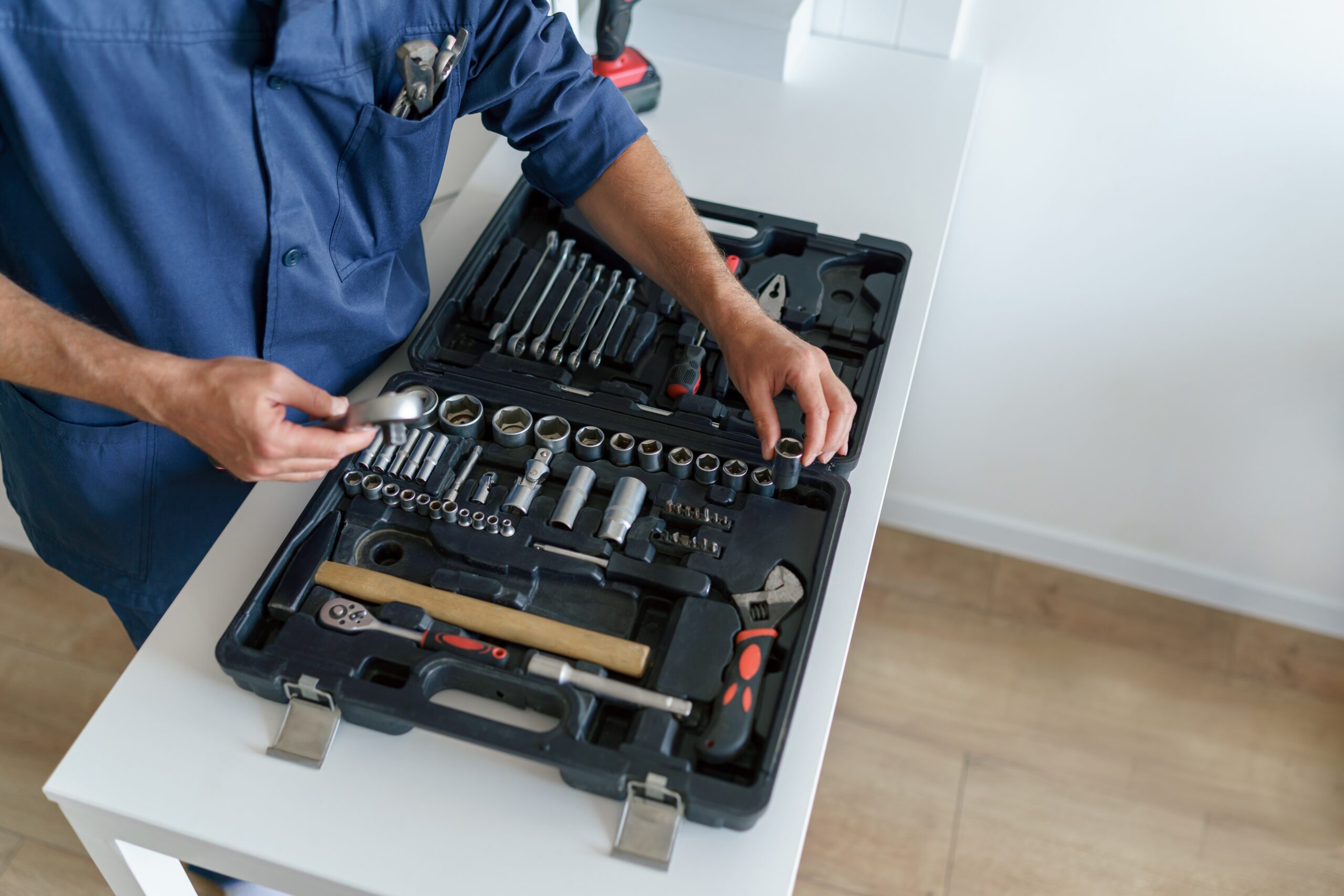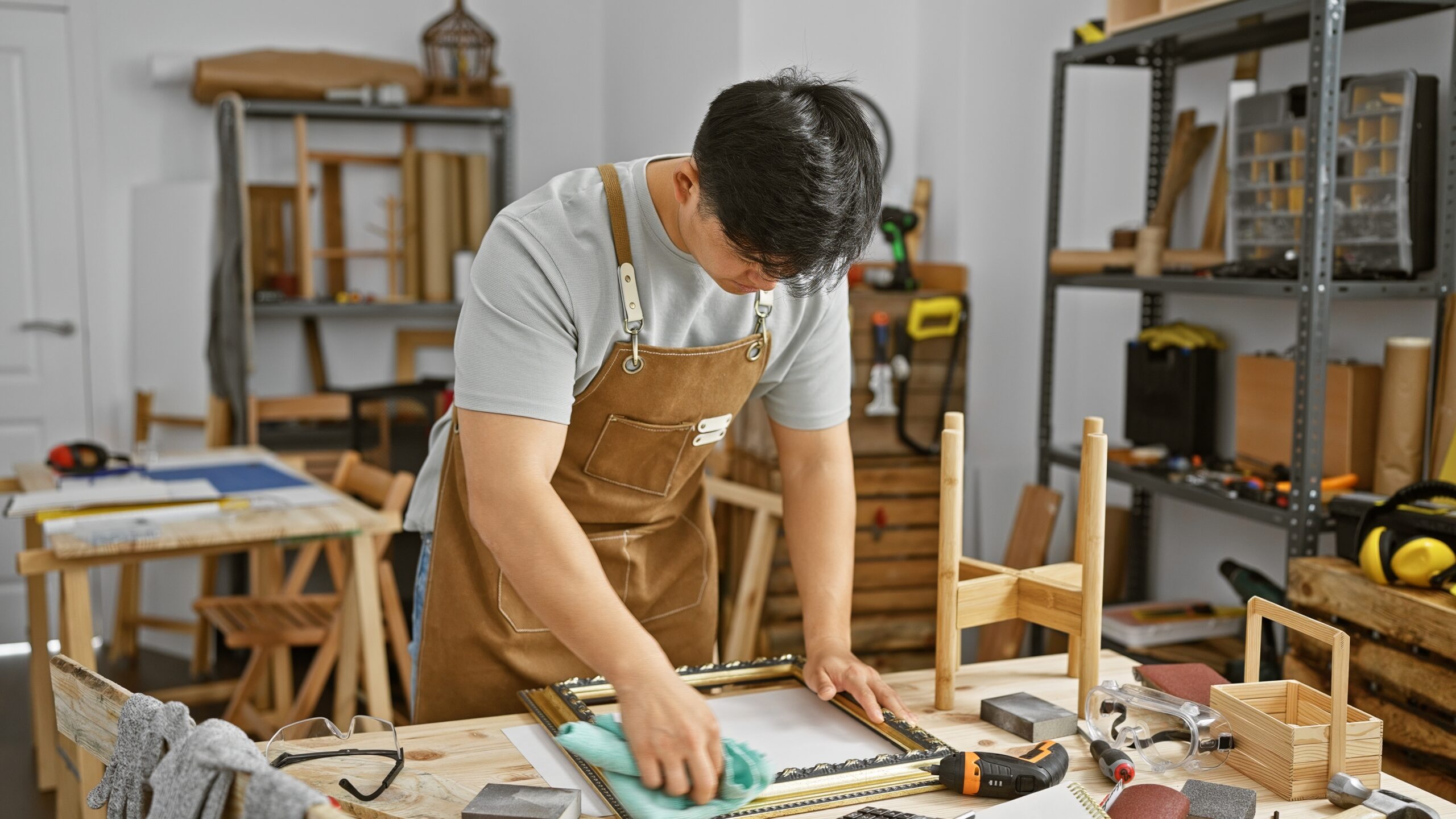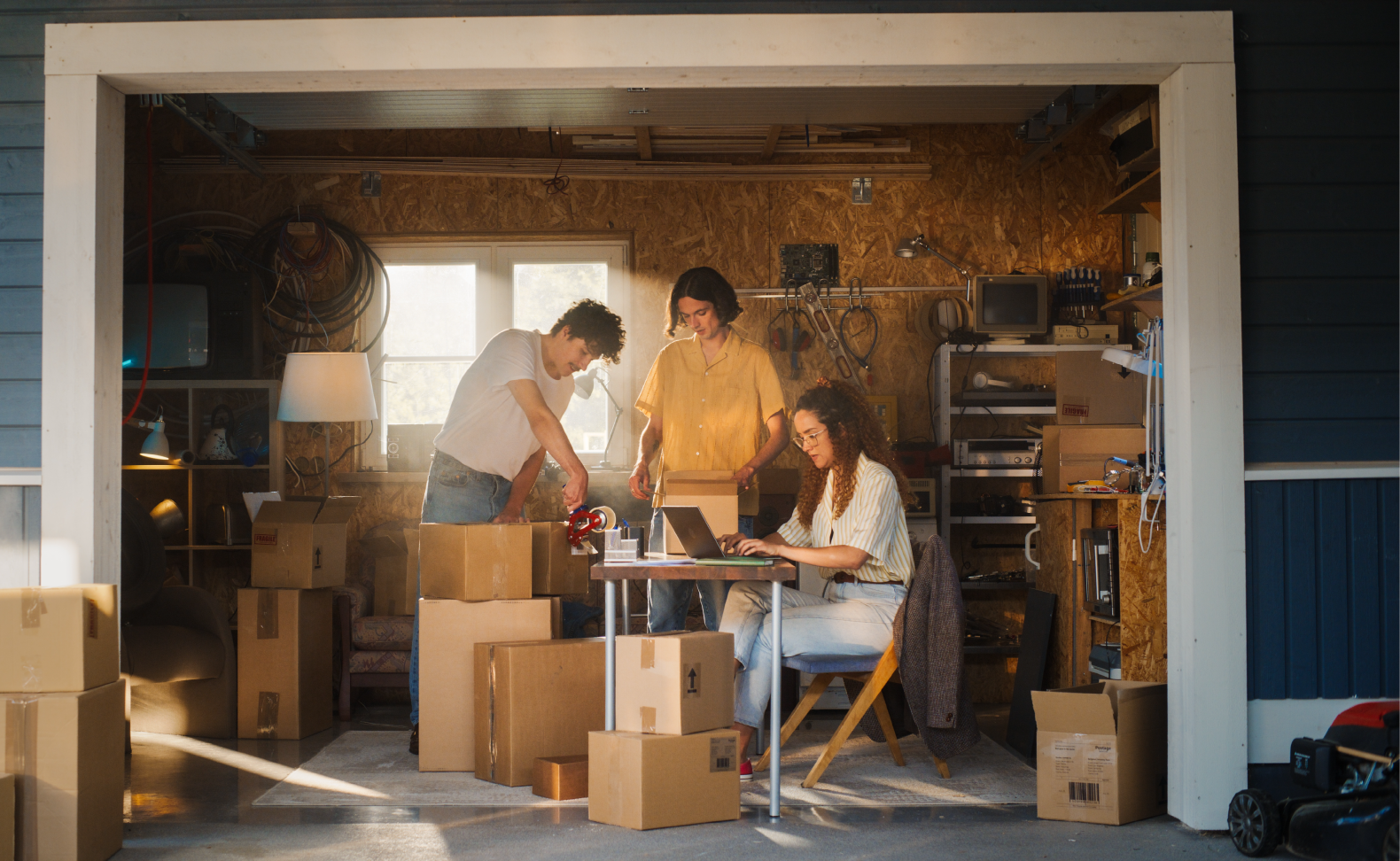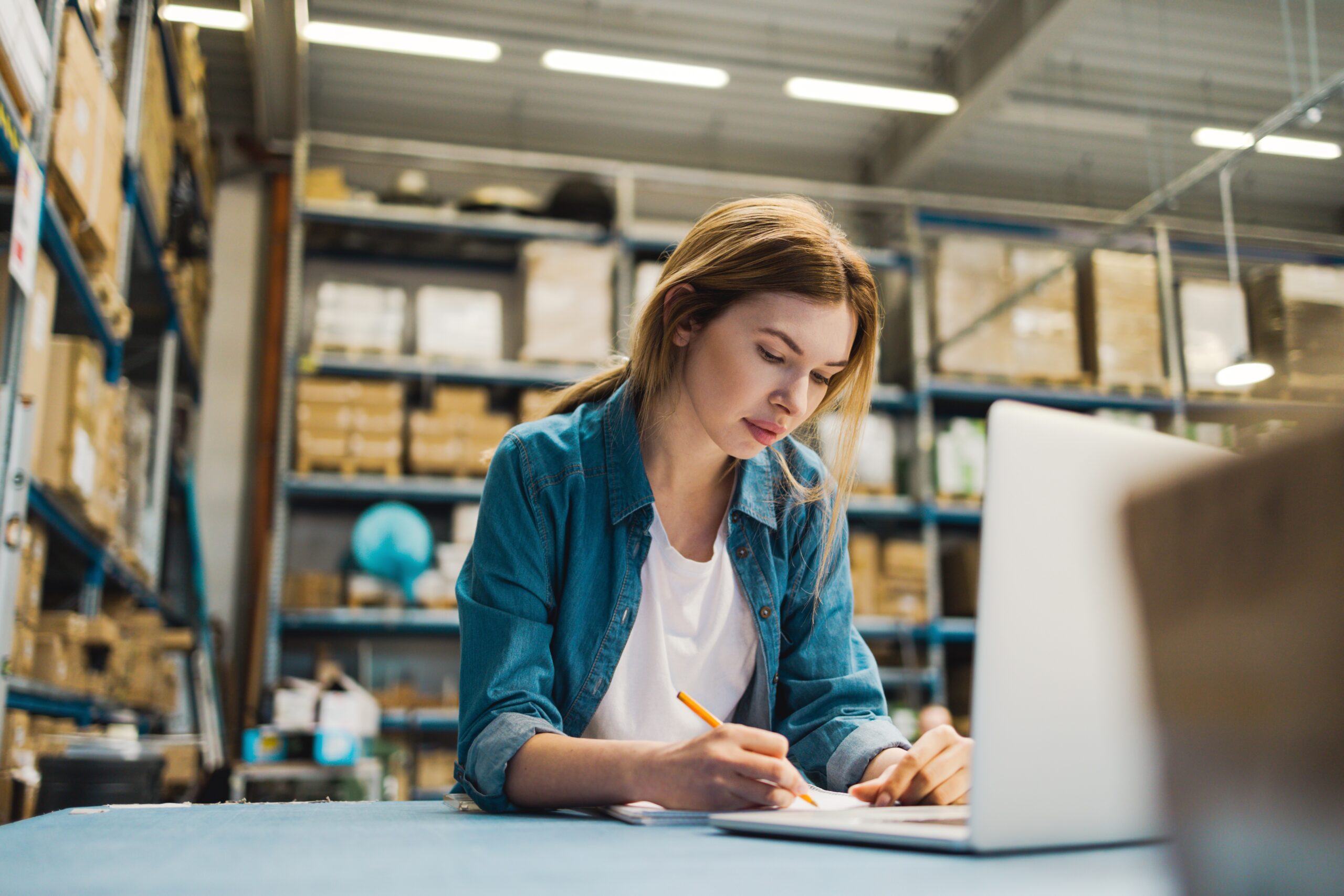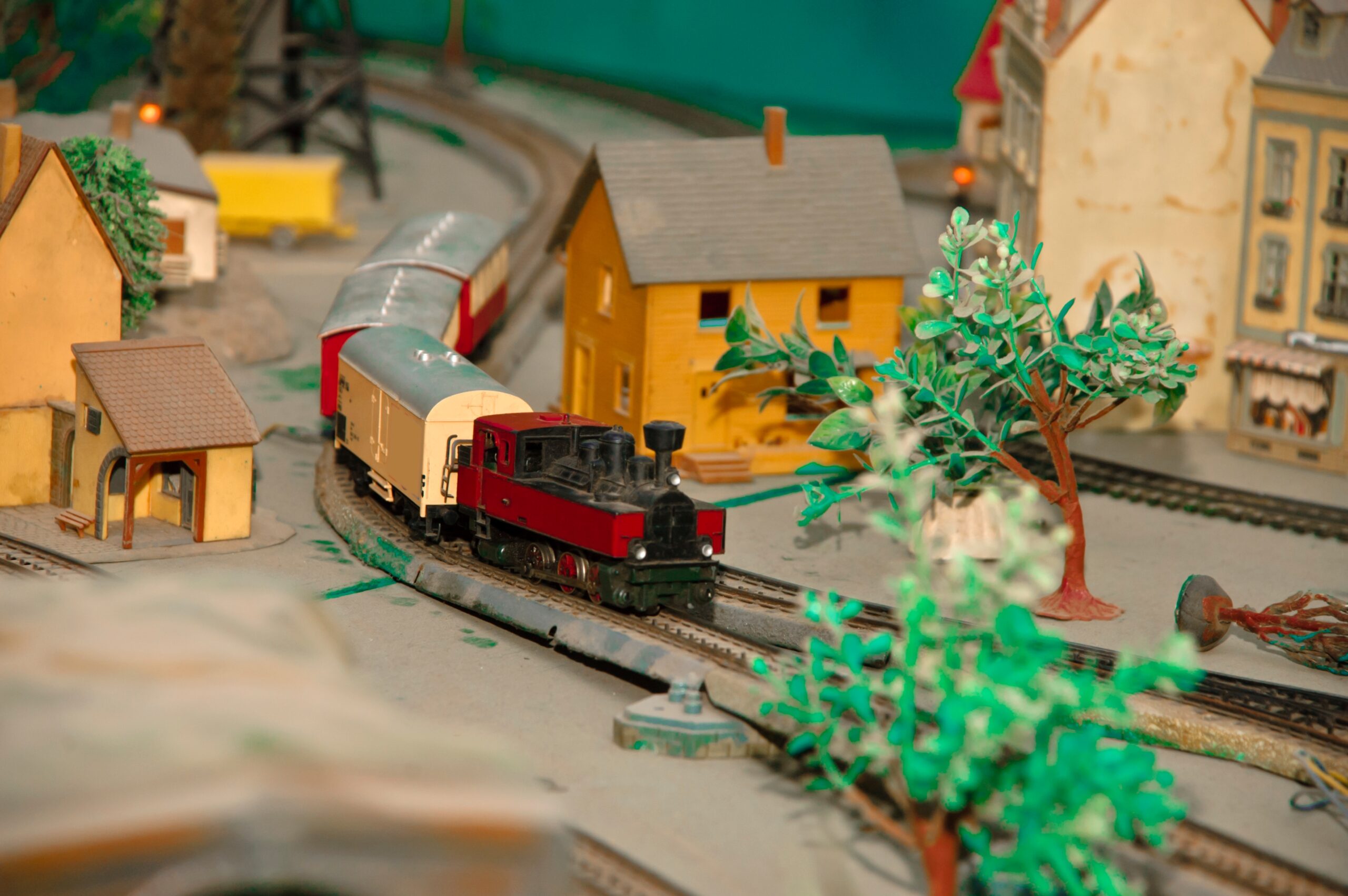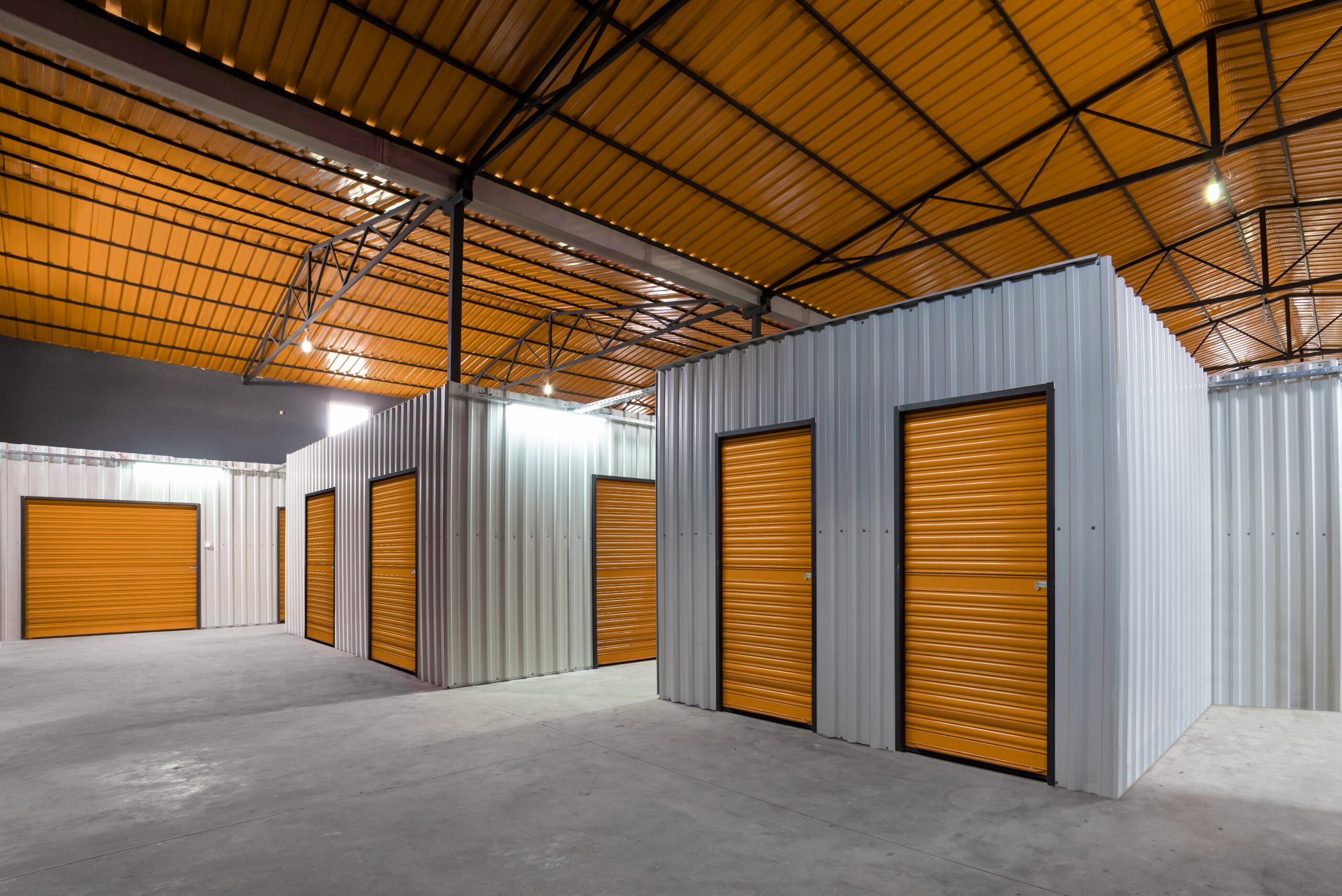If you’re a parent with excess baby clothes, toys, bedding, and other equipment that you bought for your first child, and you’re planning on having another child, a climate-controlled self-storage unit is an excellent solution for storing baby gear until you need them. We spoke to Crystal Sabalaske, a professional organizer and the owner of Cluttershrink, to identify some of the best practices for putting baby gear into storage.
Having a child means investing money and space in a lot of specialized toys and furniture, but when your child outgrows it, you may need to make a command decision on whether you’d like to keep it and where it should be stored. If you plan on having another child, you can save money by putting baby items in storage to reuse later–but how can you properly pack and store them to maintain their quality?
For an expert opinion on storing baby gear for future children, Storage.com spoke with Crystal Sabalaske, professional organizer and owner of Cluttershrink for more than a decade. Crystal is both a mother of two and a contributor to Hint Mama. Her informed advice will help you clean, pack, and store clothes, toys, and other important items for a child’s development.
Storing Baby Clothes
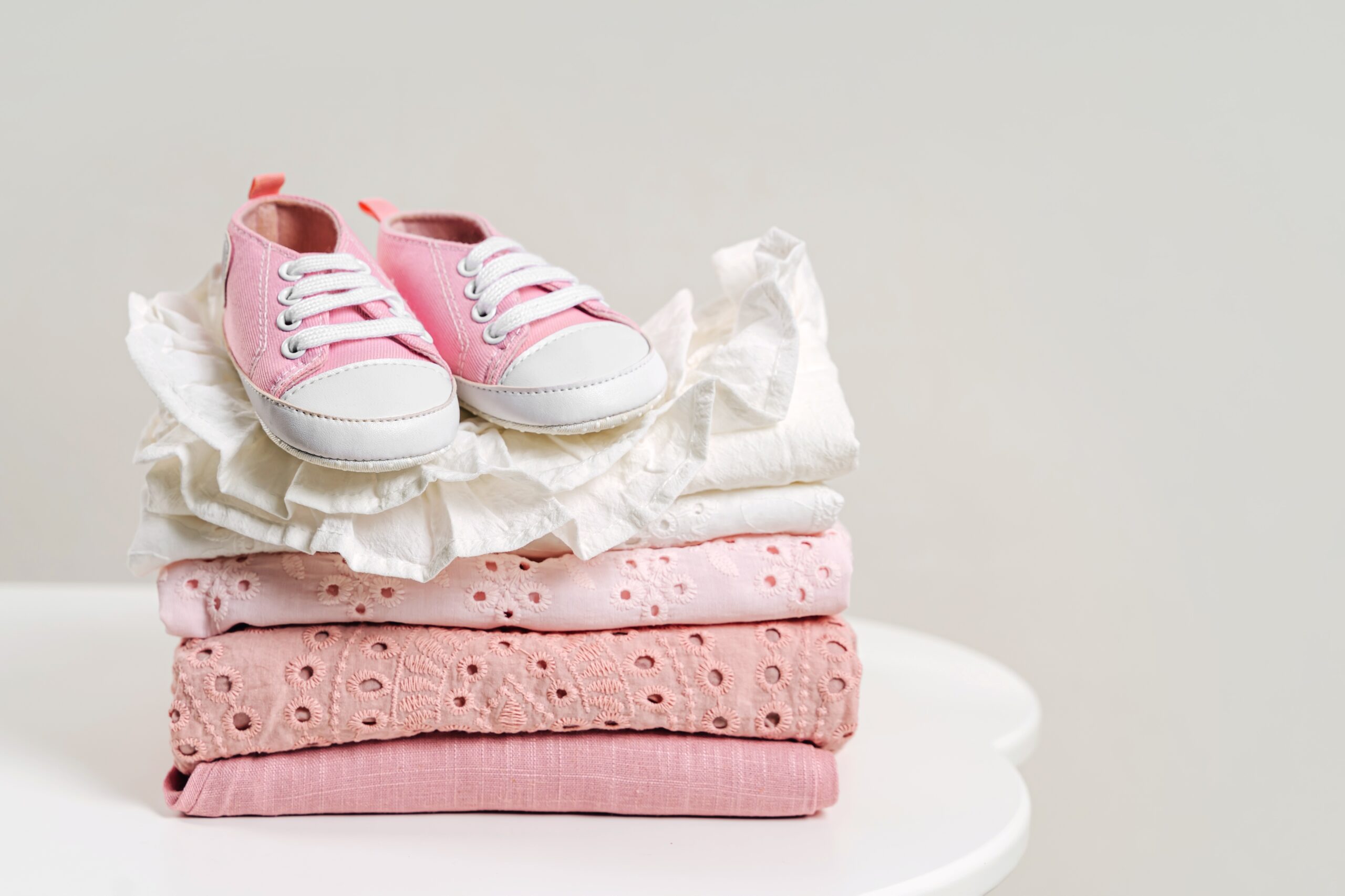
Preparing
Baby clothes are some of the most commonly handed-down items between children, so maintaining their quality and cleanliness is important. Crystal suggests your first step should be washing your baby clothes with unscented detergent before storing them.
“The fragrance from scented laundry detergent can attract bugs and rodents,” says Crystal. “Some people feel that unscented laundry detergents don’t clean as well as scented detergents, although I’ve never had an issue.” If you regularly wash with scented detergent, she still recommends putting your baby clothes through a cycle with unscented detergent just before storage for best results.
Once your clothes are washed and free of scents, fold them to see how much space they take up, then sort them using whatever method works best for you. Sorting by gender is often a good start, and making unisex clothing its own category will allow you to easily get rid of the clothes you won’t need once you know the gender of your next child.
Crystal recommends being selective with what you’re keeping if you aren’t planning on having more children: “If you are saving baby clothes to preserve ‘precious memories’ or to pass onto grandchildren, only keep the most treasured items. Most people don’t have the space to keep everything.” She recommends sorting clothing by child rather than by gender if you’re storing it for this purpose.
Packing and storing
Once your clothing is clean, folded, and sorted, Crystal recommends packing it into plastic storage tubs with lids for easy organization. Clearly labeling these containers by the categories you’ve sorted the clothing into–whether you’ve sorted by gender, size, or type of clothing item–will help you find the right articles later on with a minimum of fuss.
“Plastic storage containers with lids work well in most scenarios because they can hold a lot, are stackable, and resistant to pests,” Crystal says. These containers provide better protection from pests and humid conditions than cardboard boxes, which are prone to breaking down and attracting insects and rodents with their glue over time.
For much longer-term storage, you may want to look into acid-free boxes: “If items will be in storage for years, and we’re talking many years, there are acid-free storage boxes as well.” Clothing is prone to yellowing over time, and there are some concerns with plastic storage containers releasing damaging gases into the air if stored for an extended period, so acid-free boxes are worth considering if these worry you. However, you shouldn’t store acid-free boxes in humid environments; moisture in the air can cause mold growth and damage the boxes.
Crystal stands by using plastic containers for long-term storage: “Don’t fret over using plastic storage containers. I’ve had some items in storage for seven years already and haven’t had any issues.”
You may also be considering using vacuum bags to store your baby clothes and save space; however, Crystal doesn’t recommend using these in most cases. “Space bags are recommended only if you are storing them in places that aren’t prone to humidity,” she says. “Clothes actually need room to ‘breathe’ and vacuum seal bags don’t allow for that. However, for short-term storage (1-3 months) in moderate temperatures of 60-75 degrees, vacuum-seal bags would be fine.”
If you’re worried about acid, mold, or yellowing, you can wrap your clothes in acid-free paper before putting them in a plastic bin for maximum protection, or better yet, look into a climate controlled self storage unit to store your baby clothes in a predictable environment: “The cost to rent such a unit will be cheaper than replacing damaged items,” Crystal says. These units will keep your baby clothes at a steady temperature and humidity level, allowing them to breathe throughout their time in storage.
Storing Baby Gear: Large Equipment
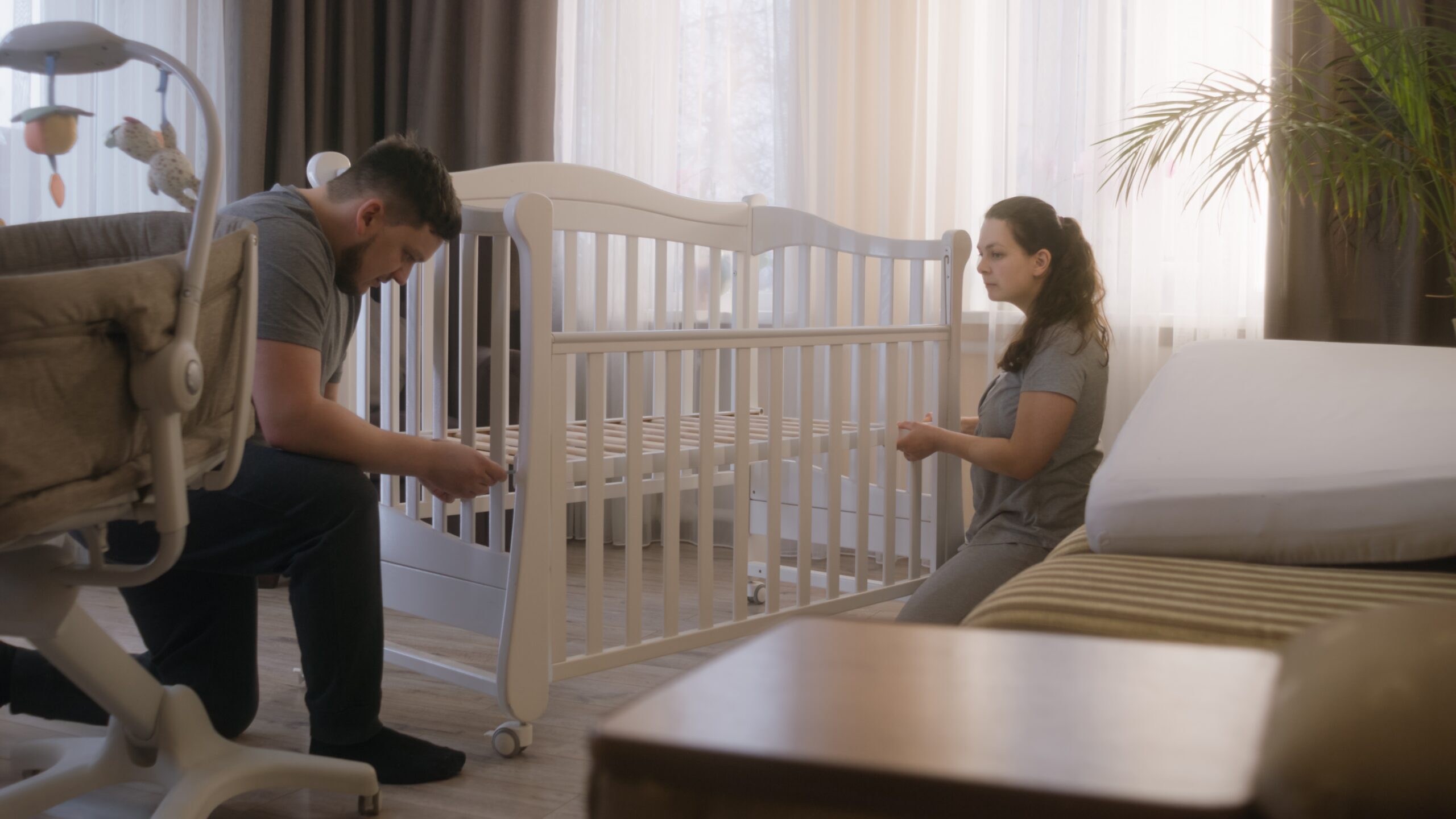
General storage considerations
You most likely have much larger items on hand than just baby clothes, and according to Crystal, “anything big” that your baby uses is worth renting a larger storage unit for. “Cribs, bassinets, swings, high chairs—because space limitations often determine what can be saved,” she says. “Assembled items are also difficult to stack, and therefore take up a lot of floor space.”
When storing larger items, it’s worth examining what they’re made of to see whether or not you require climate control: “It’s not as much of a concern for some of the larger plastic items as it is for wood items,” Crystal says. Plastic items are more resistant to mold, mildew, and warping from temperature and humidity, but wooden items are more susceptible to environmental damage and are worth investing in a climate controlled facility to protect them.
It’s also worth looking into storage unit security features, as large and expensive items intended for babies and parents can be attractive to thieves. These features should include electronic gate access, video surveillance, and strong locks.
According to Crystal, figuring out how soon you’re planning to have your next child is an important factor in deciding what to store: “Many people want to store pieces of baby equipment for a future child. If you plan to have a child within the next few years, this may make sense. However, if you plan on waiting several years, I would not recommend it.” Over a longer time, changes in safety regulations and recalls can make the items you’re storing obsolete.
Car seats in particular shouldn’t be kept for long term storage. “Car seats expire after 5 years, regardless of whether or not the car seat was used often,” Crystal says. “Even if it was never involved in an accident.” She only recommends storing these seats if your next child will be very close in age to your previous child.
Swings and rockers
As with clothes, the first step before storing a baby swing or rocker is to wash and dry whatever parts you can: “If possible, wash any fabric parts in a washing machine and air dry,” Crystal recommends. “If that is not possible, wash the surface and air dry in the sun/heat to disinfect.” You should wipe down harder surfaces with a child-safe surface cleaner and make sure it’s properly dried before you store it to prevent mold and mildew from growing on surfaces.
If you have the space, you can sometimes get away with leaving the item intact and simply covering it while it’s in storage: “In some cases, depending on the length of storage time required, it may be easier to cover the item with a white cotton sheet than it is to disassemble the items,” Crystal says. However, if you need to save space in your unit, take the item apart and store it in a clearly labeled plastic bin.
Cribs
Baby cribs are tempting to save for a future child–they can be large and expensive, and buying a new one is a significant investment. However, if you’re planning to save your crib, research whether it’s still up to child safety standards: “My children are less than 2 years apart, and during that time, the crib safety guidelines changed, so I was unable to use my daughter’s crib for my son,” says Crystal. “The distance between slates, materials used to finish the wood on cribs, and the use of drop-down sides are reasons cribs quickly become outdated.”
If your crib is expected to stand the test of time, the first step is to take pictures of it before you take it apart so you can remember what it looks like when assembled. Crystal recommends labeling each piece with a tie-on tag or label to prevent residue and help you remember how to put it back together later. You should also keep smaller screws and hardware in plastic bags labeled with a permanent marker, then put these bags in a separate, clearly labeled plastic container alongside pictures of the assembled crib and–if you have them–assembly instructions.
Crystal recommends machine-washing your crib’s mattress pad and wiping down the mattress surface with a child-safe cleaner. It’s also worth vacuuming fabric mattresses to keep dirt away. Once you’ve washed and dried everything, wrap your mattress in plastic or store it in a mattress storage bag, and keep it flat to maintain its integrity. Mattress pads can be wrapped and stored in the same box as the crib parts if there is room.
Storing Baby Gear: Small Equipment
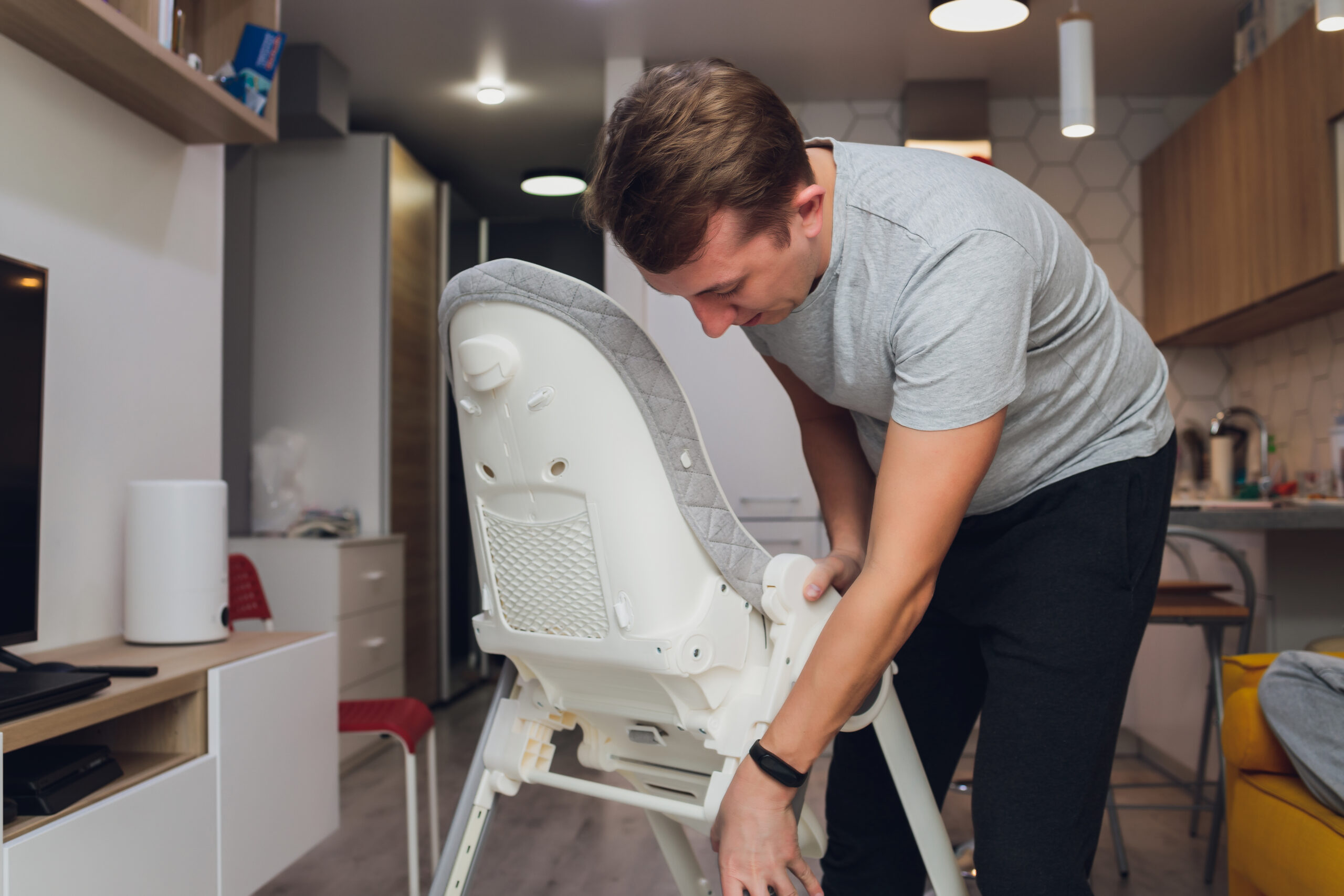
Many smaller pieces of baby equipment, such as high chairs and changing tables, will benefit from the above tips for swings and cribs. Always check to make sure these items are covered by current child safety standards before storing them, then clean them as directed above: “High chairs should be treated the same as baby swings. Clean all surfaces, air dry, disassemble if space is needed, or cover in a white cotton sheet or cloth if keeping assembled. It’s best to store the user manual/instructions with each item, and it helps to put the instructions in a plastic bag and tape them directly to the item.”
Other smaller items and parts, such as bouncy seats and portable booster seats, should be disinfected and stored in large plastic containers–Crystal recommends extra large 50-gallon totes that you can find at most hardware stores. However, some items, such as bathtubs, shouldn’t be kept for a long time: “Bath tubs tend to get moldy due to the non-slip bumps and stickers on the bottom and inside of the tub,” she says. “If there are any signs of resistant mold, do not keep or store a tub.”
Electronic items, such as toys and baby monitors, need special care before storage if they have internal batteries. Take the batteries out of items if you are able and store them without them, as heat and humidity can cause these batteries to expand or corrode, damaging the items and potentially damaging other items in your unit. If you can’t remove the internal battery from an item, consider a climate controlled storage unit to minimize the potential of temperature or moisture damage.
Storing Toys
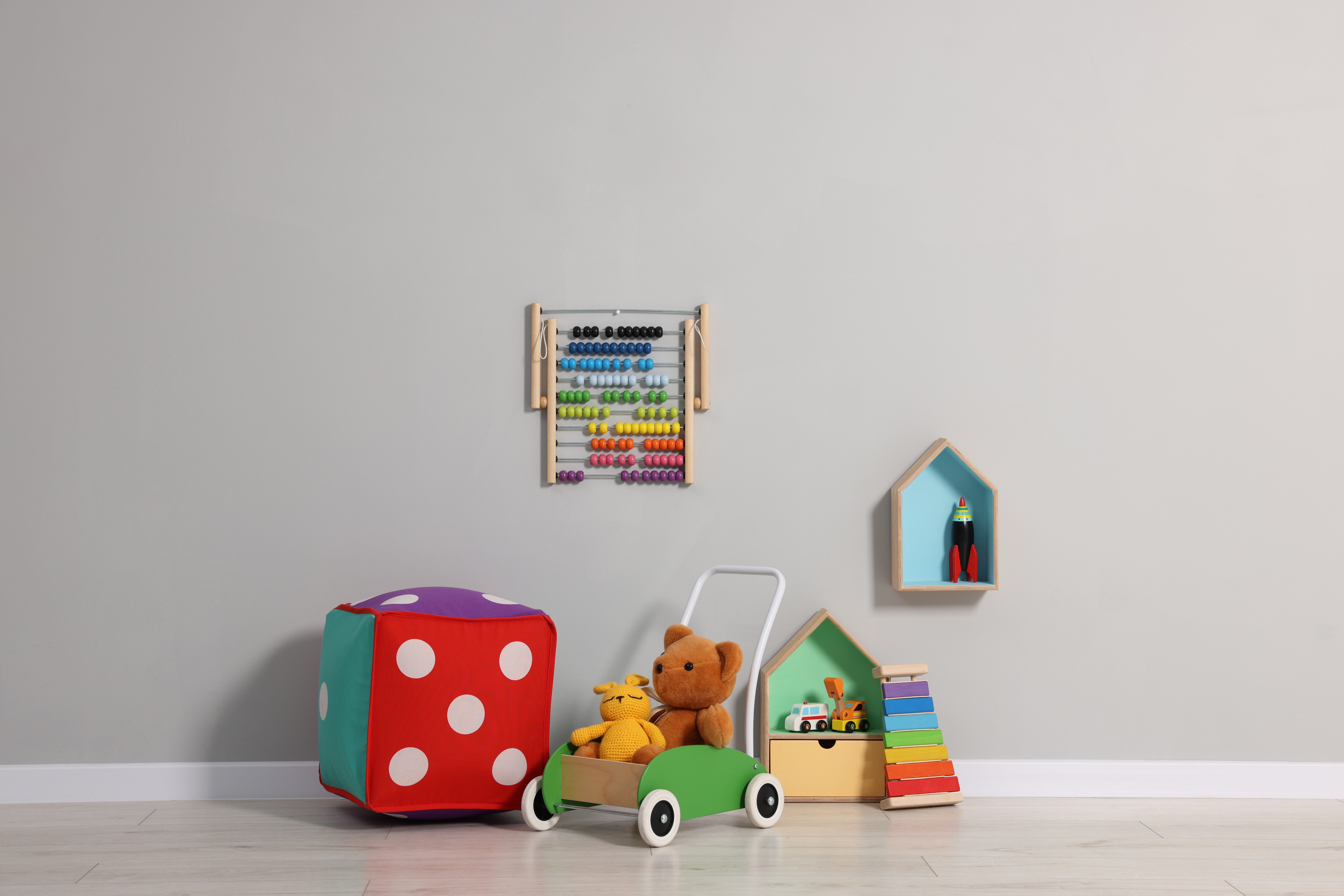
Children’s toys are easy to clean, store, and pass down to future children. “The toys that most people keep are the classics,” Crystal says. “Legos, Little People, Tinker Toys, Matchbox cars, Barbies, etc.” She says all saved toys should be cleaned prior to storage, and most can be disinfected with a simple bleach and water solution. “Others, like Legos and other hard, solid plastics, can be put in a small mesh bag and run through the top rack of a dishwasher,” she adds. Disinfecting and washing toys will help kill bacteria, and making sure they’re dry before storage will prevent mold and mildew from growing.
However, Crystal recommends inspecting any toys that a previous child may have chewed on. If there are cracks or chew marks present, you may want to throw the toy out–bacteria tends to linger in difficult-to-reach cracks and crevices. According to Crystal, musical toys and rattles are also best left out of storage as they are regularly updated with safer materials and more features. “These are typically the toys that should not be saved because they are so easily replaced and not often expensive.”
If you plan on saving stuffed animals for a future child, or even as mementos, Crystal recommends putting them through the washing machine if possible, as most fabric toys are simple to clean on a wash cycle. “But if a stuffed animal is not washer-friendly,” she adds, “you can put the stuffed animal in a sealed plastic bag in the freezer for 24 hours to ‘disinfect’ it.”
Once all your toys of all types are cleaned and dried, they’re best stored in a plastic bin that allows some air to flow through, preventing mold and moisture damage. However, climate controlled storage units are still the best option for many plastic and wooden toys, regardless of what protections you take: “I do not recommend storing any plastic or wood toys in a storage unit prone to high or low temperatures and humidity,” Crystal says. Plastic toys, in particular, can crack or melt when exposed to heat, and even fabric toys can develop mold if moisture is allowed to linger on them.
Organizing Your Unit to Store Baby Gear
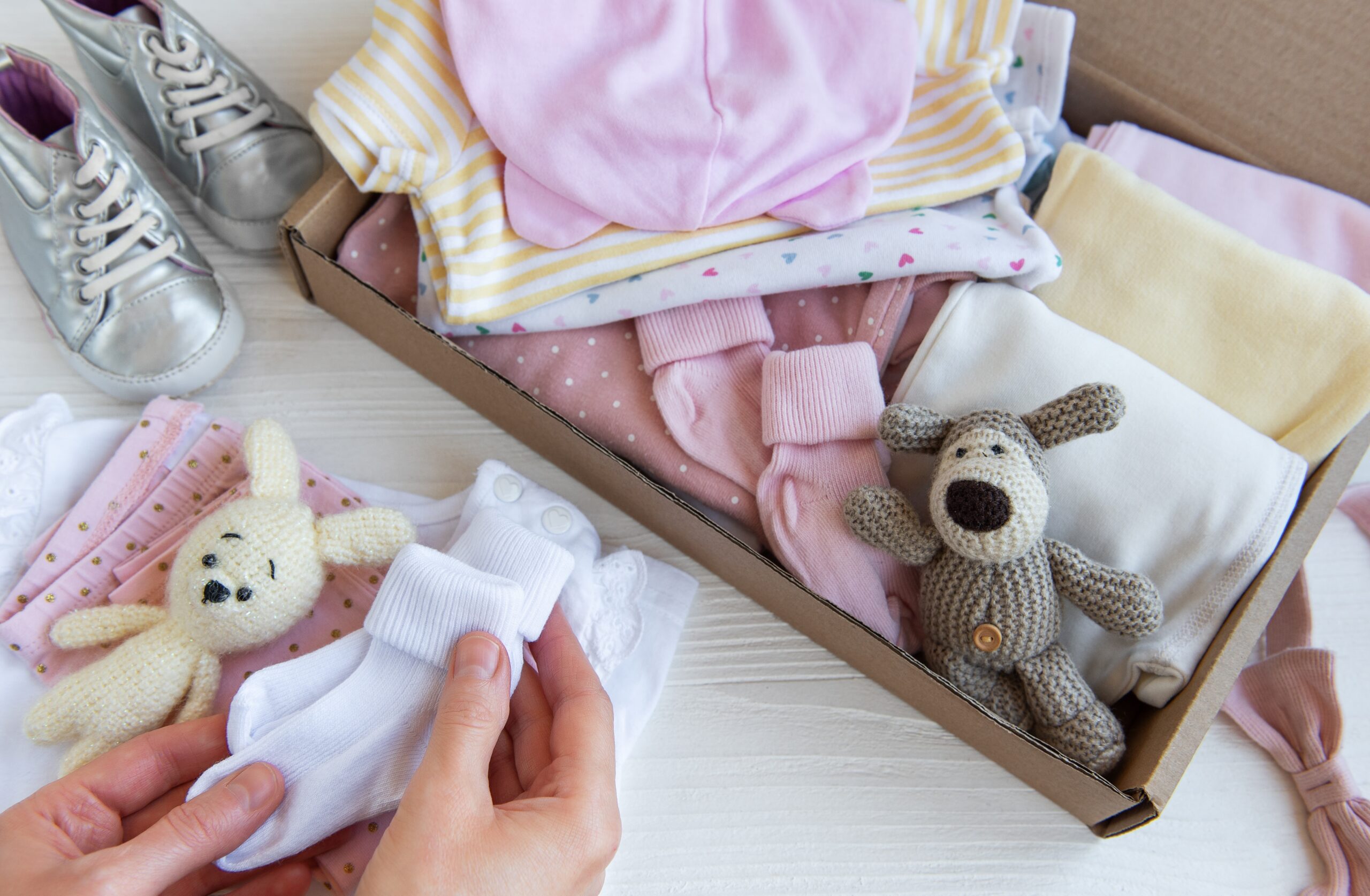
Once you’ve prepared, cleaned, and packed all your baby gear and rented a storage unit, Crystal recommends a few steps to best organize the items within: store similar items close to each other, and put items you’ll need sooner near the front of the unit. She also recommends covering larger baby furniture with sheets–this not only can protect them from dust and dirt, but can also allow you to stack your storage bins on top of furniture to save space without damaging the furniture.
“Always leave a few feet in the front and middle of the storage unit if possible,” she adds, “So you have some room to move things from side to side if you should need to access something toward the back of the unit.” Finally, she recommends keeping a comprehensive list of every item and bin you have stored in the unit, along with notes for where each item is stored so you can find anything you need quickly.
Caring for Baby Gear
Even after everything is in storage, it’s best to look in on your unit every once in a while to examine and clean your belongings. “I always recommend visiting the storage facility at least once a month to check on items,” Crystal says. When visiting, be sure to check your items for any obvious dust or dirt, and examine the unit for signs of leakage or pests–a reputable storage facility shouldn’t have these issues, but if they do, they’ll take steps to fix them as soon as possible.
When you’re ready to get items out of storage, look them over for any damage, dirt, or pests. Make sure you dust, vacuum, wash, disinfect, or otherwise clean every item in your unit before using it again to protect your new child from bacteria, rashes, or irritation. You should also make sure that wood and plastic toys, cribs, or other items haven’t been warped or damaged by the environment if you haven’t used a climate controlled unit–warping can harm the structural integrity of a crib, making it a risk for your child.
In conclusion
Self storage is an excellent solution if you need to store baby gear for a future child. Cleaning, disassembling, and organizing items before you store them will help you save time and money on storage, and investing in a climate controlled storage unit will protect any delicate items from environmental damage.
Ready to take the next step and find the right storage unit for you? Storage.com can help! Use our search tool to find nearby self storage facilities within your budget, or give us a call at 833-372-9881 to speak directly with one of our self storage experts.
